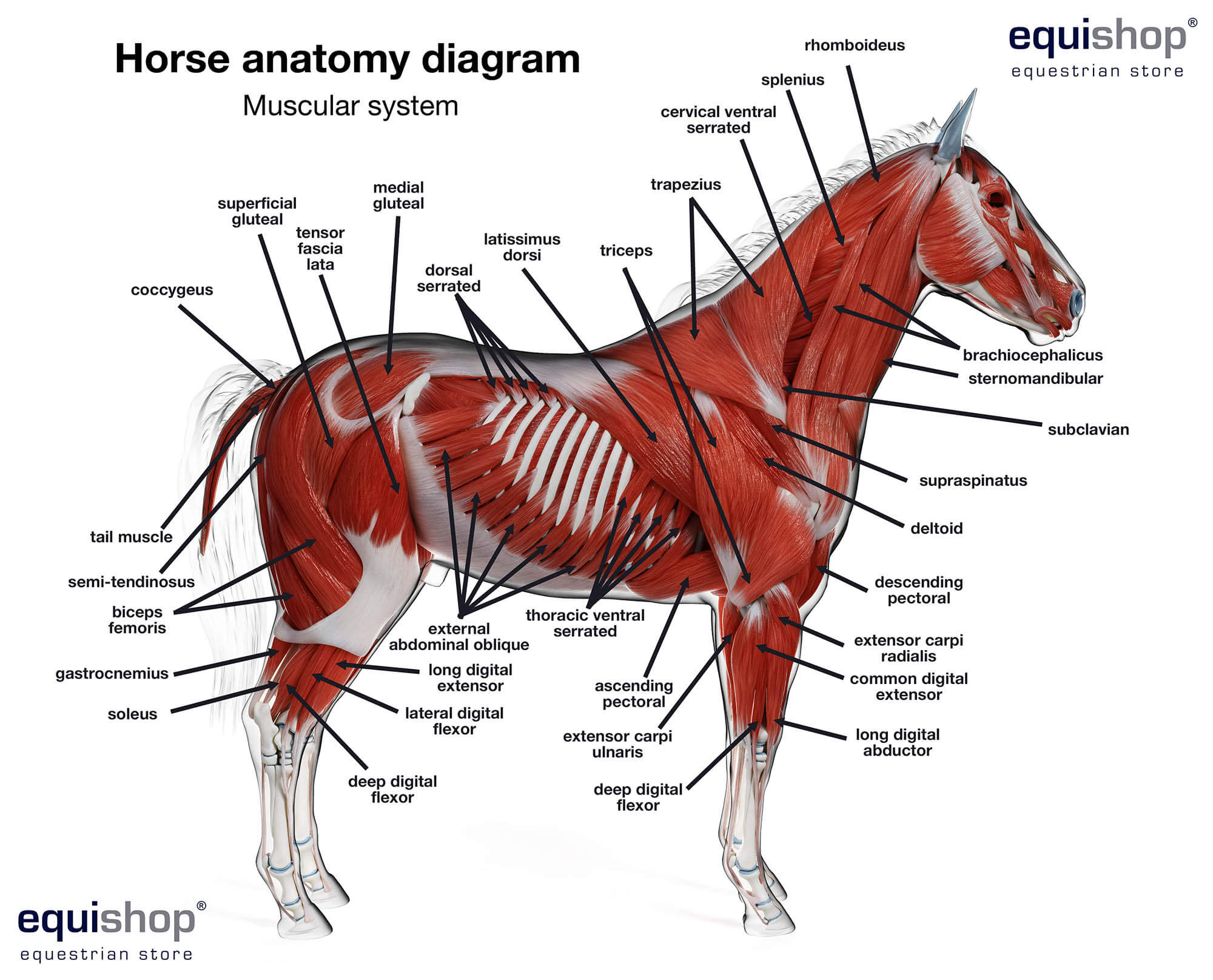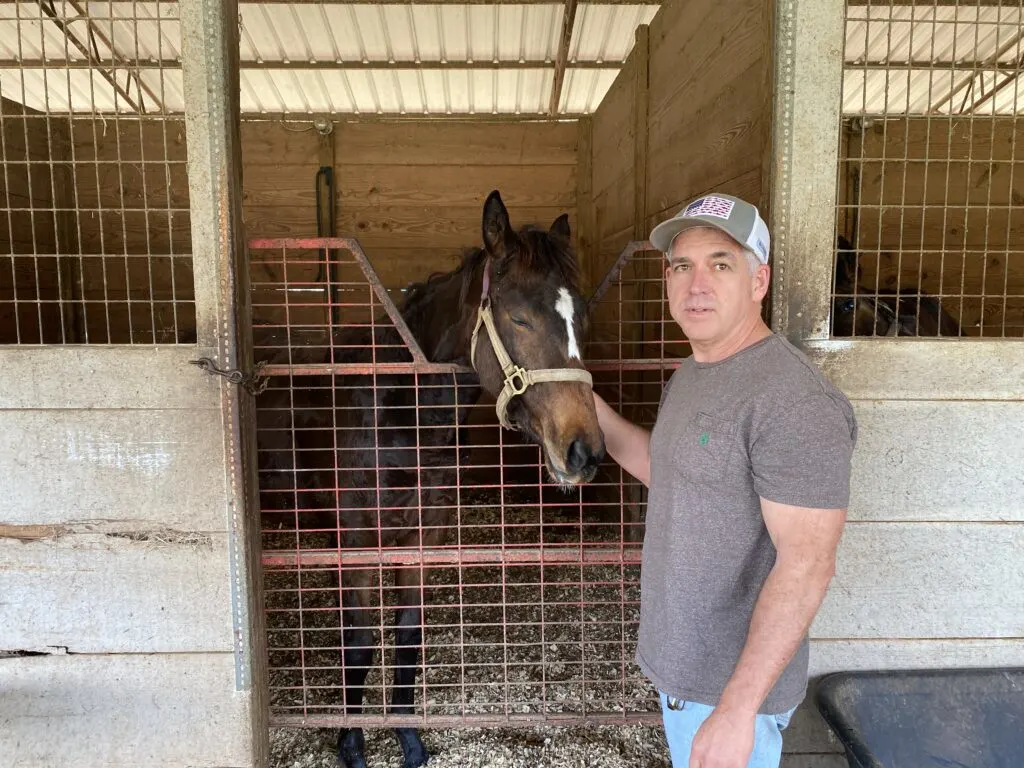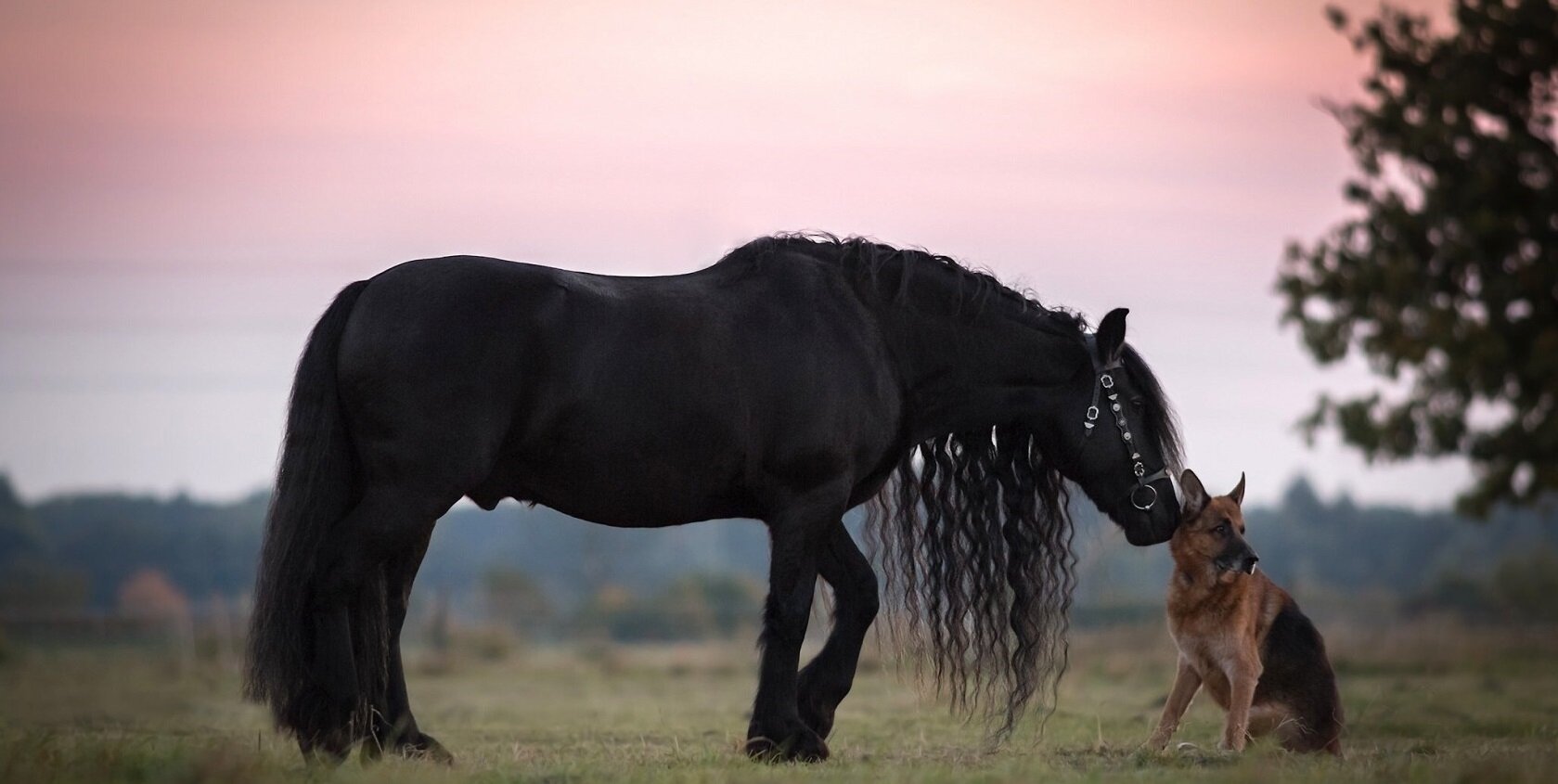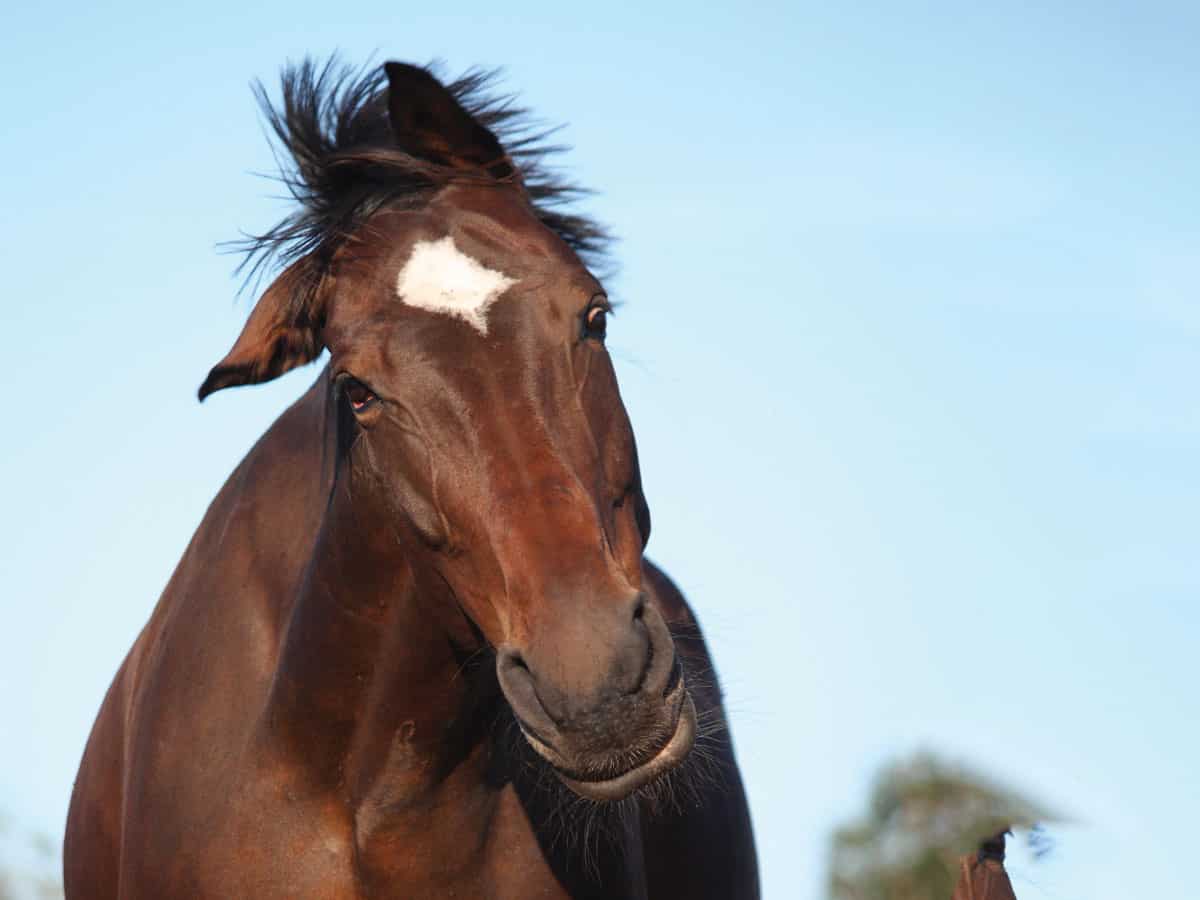Insights into Equine Head Movements

The subtle gestures of horses, such as head bobbing, provide valuable insights into their overall health and psyche. Observing these behaviors enables caretakers to respond to the animals’ needs effectively. It is critical to consider the circumstances surrounding these movements to accurately interpret their significance within the horse’s environment.
Decoding the Significance of Head Nods in Horses
Equine head movements, beyond simple behavioral quirks, are integral to their communication. Deciphering the variations in these gestures helps us understand their intent and feelings in different situations. An exploration into the complexities of this aspect of equine communication reveals its importance.
Subtle Equine Signals
The subtlety of equine communication, such as head nods, plays a pivotal role in herd dynamics. These animals are sensitive to slight shifts in each other’s body language, which includes the nuances of head bobbing. For instance, a subdued nod could signify an invitation, whereas an abrupt movement might indicate a desire for space.
Head Movements as Social Interaction
Head movements serve as a form of social interaction among horses, often seen during herd greetings or when establishing social order. Particularly in herds undergoing changes, these gestures are crucial for determining the social structure among equines.
Playful Expressions in Young Horses
Head bobbing also occurs as part of play among younger horses. These playful gestures, often exaggerated, are part of their developmental process and help them learn social cues and behaviors important for their integration into the herd.
Influences Affecting Equine Head Gestures
Various external factors can prompt a horse to engage in head bobbing. Recognizing how these elements affect equine behavior helps in interpreting the reasons behind such movements.
Investigative Head Movements
A horse’s inherent curiosity often leads to head bobbing as they explore their environment. They may nod towards something unfamiliar as a part of their examination, signaling their interest from a position of safety.
Head Nods in Response to Human Interaction
Head bobbing can also be a reaction to human interaction, such as during training. It is not uncommon for horses to nod in response to commands or as part of behaviors reinforced through training practices.
Environmental and Temporal Patterns
The time of day and season can influence a horse’s behavior. For example, head bobbing may become more pronounced during times of increased insect activity, or it might change with the seasons as horses respond to environmental variations.
- Interpreting Social Signals: Understanding head bobs within the context of herd communication.
- Engagement with the Unfamiliar: Recognizing how horses investigate new stimuli through head movements.
- Reactions to Human Interaction: Identifying how head bobbing can be part of the horse’s response to training.
- Adapting to Environmental Changes: Noting how head bobbing can vary with changes in the horse’s surroundings.
By examining the factors influencing horse head movements, those involved in their care and those who enjoy their companionship can develop a more nuanced understanding of equine behavior. Such knowledge is crucial for maintaining the health and well-being of these dignified animals.
Understanding Equine Head Bobbing and Health Implications

Head bobbing in horses is a significant indicator of their well-being. Recognizing which behaviors are normal and which may be symptoms of health issues is crucial in horse care. It is essential to distinguish typical head movements associated with a horse’s gait from those that could signal discomfort or illness.
Discerning Routine and Distress Signals in Equine Head Bobbing
While rhythmic head bobbing often aligns with a horse’s gait and is characteristic of certain breeds, irregular or erratic head nodding, especially if paired with signs of distress, necessitates a closer look. Such atypical movements may point to health problems and call for further examination.
Assessing Atypical Head Gestures
Atypical head bobbing can be a reaction to various issues, from internal pain to balance challenges. It’s essential to analyze the context of these gestures, as they might reveal different underlying concerns that require attention.
Recognizing Neurological Symptoms Through Head Gestures
Horses exhibiting uncoordinated or extreme head bobbing might be displaying symptoms of neurological disorders. These situations warrant immediate veterinary care to diagnose issues such as EPM or other neurological conditions.
Monitoring for Subtle Changes in Behavior
Incremental changes in the frequency or intensity of head bobbing could be precursors to health problems. Caretakers should be vigilant for any accompanying shifts in a horse’s behavior or performance that could indicate the need for medical intervention.
Importance of Professional Evaluations
When abnormal head movements are observed, it is crucial to seek a veterinarian’s expertise. Through comprehensive examinations, including gait analysis and potentially more extensive diagnostics, veterinarians can identify the root cause of the issue and recommend appropriate treatments.
Head Bobbing Linked to Lameness
A pronounced head bob during weight-bearing can signify lameness, aiding in localizing the issue to a particular limb. Such patterns are valuable in diagnosing the affected leg and determining the most suitable course of action.
- Regular Head Bobbing: May be a sign of discomfort in a specific limb or joint.
- Sporadic Head Bobbing: Could be related to intermittent pain from conditions like abscesses.
- Head Bobbing Accompanied by Physical Changes: When coupled with heat or swelling in limbs, indicates a higher likelihood of lameness.
It is imperative to pay attention to head bobbing behaviors in horses, as they can be crucial in identifying health issues. Collaborative efforts between caretakers and veterinary professionals are key to ensuring the horses’ health and well-being.
Delving Deeper into Equine Body Language and Behavior

Head bobbing in horses is a complex aspect of their silent language, reflecting various emotional states or reactions to their surroundings. For equestrians and caregivers, understanding these gestures is crucial for enhancing the connection with these animals and ensuring their care is attuned to their needs. Delving into the contexts in which head bobbing arises enriches our comprehension of equine behavior and improves our interactions with them.
The Communicative Role of Head Bobbing in Equines
Horses, as social beings, use a range of body language cues, including head bobbing, to express themselves. This section sheds light on how horses use head bobbing as a communicative signal, revealing the emotions and intentions behind each movement.
Assessing the Context of Head Movements
Accurately interpreting head movements necessitates an understanding of the context in which they occur. This section considers the myriad reasons horses may bob their heads — from environmental factors to the intricacies of their social interactions — providing insight into their complex communication system.
- Indicators of Focus and Interest: A horse’s gentle head bob may show its engagement with a particular stimulus, reflecting its curious nature.
- Signs of Unease or Discomfort: More pronounced head bobbing could indicate that a horse is under stress or discomfort, which should prompt closer scrutiny by the caretaker.
- Signals of Comprehension or Familiarity: A horse might nod subtly to demonstrate understanding of a command or recognition of a known individual.
Head Movements Related to Equine Sensory Perception
Equine head bobbing also relates to their acute sensory perception. This section explores how horses use head movements in conjunction with their senses to navigate and interpret their environment.
Playful Head Bobbing and Social Bonding in Horses
During social play, horses engage in head bobbing, with actions ranging from mild nudges to vigorous head tosses. This behavior is essential for social bonding and establishing herd hierarchies. This section looks at the role of head bobbing in play and social interaction among horses.
Interpreting Head Bobbing in Human-Horse Interactions
Interactions with humans can trigger different head bobbing responses in horses. Recognizing these responses during training, grooming, or handling can lead to more effective communication. This section addresses how horses use head bobbing in their interactions with humans.
Understanding Variations in Head Bobbing
Detecting subtle changes in the intensity and pattern of head bobbing can reveal important information about a horse’s mood or health status. This section emphasizes the importance of noticing these variations for the well-being of the horse.
Attentiveness to equine head bobbing as part of their body language provides valuable insights into their mental and physical state, aiding those who care for and work with horses to foster a harmonious relationship with these noble creatures.
Examining the Underlying Reasons for Head Bobbing in Horses

For anyone involved with horses, it is important to discern the root causes of head bobbing. Certain instances of this behavior may be inconsequential, but others could be indicative of health concerns that need prompt attention. The behavior can stem from various sources, including physical needs, emotional states, or reactions to external factors, making it a complex signal to interpret for ensuring the welfare of horses.
Health-Related Origins of Head Bobbing
Head bobbing in horses may signal underlying health issues that warrant a comprehensive assessment. It could indicate an attempt by the horse to cope with discomfort or express a physical problem.
- Dental Issues: Horses may bob their heads due to oral discomfort, such as tooth pain or dental problems, in an effort to find relief.
- Musculoskeletal Discomfort: Pain in the neck, back, or shoulders from conditions like arthritis or injury can result in compensatory head movements.
- Respiratory Discomfort: Conditions affecting a horse’s respiratory system, such as congestion, may lead to head bobbing in an effort to alleviate pressure or irritation.
Understanding Behavioral Influences on Head Bobbing
Head bobbing can also be influenced by a horse’s psychological state or behavior. These underlying causes may be less obvious but are no less important.
- Anxiety: Psychological stress can manifest as increased head bobbing as horses attempt to manage their anxiety.
- Environmental Frustration: When horses experience restrictions or lack of stimulation, they may express their dissatisfaction through repetitive head movements.
- Seeking Interaction: Some horses may discover that head bobbing garners attention from humans and might perform the behavior to encourage interaction or reward.
Reactions to the Environment and Sensory Inputs
The environment and sensory input are key factors that can induce head bobbing. Horses react to their surroundings, and their sensory experiences can initiate these movements.
- Visual Stimuli: Head bobbing may occur as horses respond to visual changes like moving shadows or objects in their field of vision.
- Auditory Triggers: Unexpected or unfamiliar sounds can cause a horse to bob its head as it tries to discern the origin of the noise.
- Tactile Issues: Physical discomfort from equipment like saddles or irritation from insects may prompt head bobbing as a reflexive action.
Proactive Health Measures for Head Bobbing
Caretakers must be vigilant when head bobbing in horses suggests a health issue rather than a benign habit. Early detection of unusual signs can lead to timely intervention and care.
- Breathing Difficulties: Abnormal head movements could be a sign of respiratory problems, requiring assessment of the horse’s breathing.
- Signs of Colic: A horse may bob its head in response to gastrointestinal pain, such as colic, which signifies the need for immediate attention.
- Neurological Concerns: Erratic or excessive head bobbing could point to neurological issues, necessitating prompt evaluation by a veterinarian.
Empowering Care Through Comprehension
Grasping the diverse aspects of horse head bobbing is essential for equine professionals and caretakers to provide optimal care. Continuous learning and careful observation of horse behavior are key to interpreting the meaning behind these movements and ensuring horses receive the necessary care and treatment.
Optimizing Equine Welfare: Addressing Head Bobbing
Ensuring the welfare of horses involves a comprehensive approach to behaviors like head bobbing, which may indicate various underlying issues. It’s important for those who manage horses to differentiate between normal head movements and those that could suggest health or training-related concerns. Identifying the nuances of this behavior helps in providing the best possible care.
Assessing the Need for Veterinary Insight
Atypical head bobbing, especially when accompanied by other unusual symptoms, should be evaluated for underlying health conditions. Persistent or distressing head movements, changes in eating habits, or alterations in demeanor warrant a thorough examination by a veterinarian to identify any potential medical concerns.
Recognizing Concerning Head Bobbing Patterns
- Unexpected initiation of head bobbing
- Escalation in the behavior’s intensity or regularity
- Correlation with movement difficulties or lameness
- Shifts in mood, such as increased agitation or lethargy
- Observable symptoms like respiratory issues or joint swelling
Adapting Training to Mitigate Unnecessary Head Bobbing
When head bobbing is not symptomatic of health issues, refining training practices can be beneficial. Customized training that aligns with the horse’s background and behavior, along with ensuring a proper fit of the horse’s gear, is essential. Engaging the horse with mental and physical activities can also alleviate head bobbing that arises from environmental or psychological triggers.
Strategic Training Interventions
- Employing positive reinforcement to reinforce good behavior
- Establishing a reliable training regimen to foster trust
- Periodic evaluation and adjustment of equipment for comfort
- Providing enrichment to maintain a stimulating environment
Evaluating Training Influences on Head Bobbing
Monitoring equine responses during training sessions is crucial to determine the impact of various techniques on head bobbing. Documenting training outcomes aids in discerning the effectiveness of strategies or identifying potential sources of discomfort.
Deciphering Training Outcomes
| Training Modification | Notable Behavior Change | Conclusions Drawn |
|---|---|---|
| Introduction of a new activity | Reduction in head bobbing | Indicative of a positive engagement with the activity |
| Tack adjustment | Rise in head bobbing | May suggest discomfort or incorrect equipment fit |
| Consistent positive reinforcement | Stable head bobbing behavior | Behavior might not be responsive to the current training cues |
Comprehensive management of head bobbing in horses through observant care, prompt veterinary intervention, and thoughtful training methodologies enhances their health and fosters a positive training environment. Such measures are integral for the overall well-being of the horse and the strengthening of the bond with their caregiver.
Equine Head Bobbing: Veterinary Diagnosis and Management
Addressing head bobbing in horses requires a veterinarian’s specialized knowledge to determine whether the behavior is indicative of a deeper health problem. Through detailed clinical examinations and advanced diagnostics, veterinarians can identify the root cause and develop a customized treatment plan to address each horse’s unique condition. Their role is comprehensive, not only diagnosing but also guiding the ongoing management and preventive care to reduce the likelihood of recurrence.
Comprehensive Veterinary Approaches to Head Bobbing
- Complete Health Evaluation: A full physical exam to look for pain or other issues that may lead to head bobbing.
- Neurological Review: A neurological examination to uncover any disorders that could affect the horse’s head movements and coordination.
- Movement Assessment: Analysis of the horse’s gait to detect lameness or movement abnormalities associated with head bobbing.
- Oral Health Checks: An investigation of potential dental problems that could be causing discomfort and leading to head bobbing.
- Advanced Imaging: The use of diagnostic imaging tools to explore internal issues that might contribute to the condition.
- Targeted Lab Tests: Conducting tests to exclude systemic diseases or infections presenting with head bobbing.
Individualized Treatment Options
Veterinary treatments for head bobbing vary based on the identified cause, including the following approaches:
- Prescribed Medication: Use of anti-inflammatories, analgesics, or condition-specific drugs.
- Dental Corrections: Addressing dental issues found during oral examinations, which may include adjustments or extractions.
- Rehabilitative Therapy: A regimen to strengthen and provide comfort for issues contributing to head bobbing.
- Neurological Care: Management and supportive care for diagnosed neurological conditions.
- Surgical Intervention: Operations to fix anatomical defects or injuries responsible for the condition.
- Behavioral Training: Specialized programs to address and alter head bobbing stemming from behavioral patterns.
Developing a Personalized Care Strategy
Post-treatment, veterinarians collaborate with horse owners and trainers to create a bespoke management plan. This strategy is crucial for tracking progress, fine-tuning treatments, and implementing preventive actions. Components may include routine examinations, rehabilitation exercises, tack adjustments, and dietary changes to aid in the horse’s recovery and health.
Ongoing Assessment and Adjustments
Ongoing evaluation is essential to confirm treatment effectiveness and modify plans if necessary. Regular veterinary re-evaluations help maintain a clear picture of the horse’s health trajectory.
Proactive Health Strategies
Vets may recommend strategies such as environmental changes, stress reduction, and consistent health screenings to preempt head bobbing episodes and uphold the horse’s well-being.
The veterinarian’s expertise is fundamental in the multi-faceted approach to diagnosing, treating, and managing head bobbing in horses, ensuring a comprehensive standard of care for optimal health and performance.
Curious about equine body language and what it might mean? While you’re learning about why horses bob their heads, you might also find it interesting to explore other behaviors they exhibit. For a deeper understanding of their communication, take a look at our articles on why horses flap their lips, delve into the reasons behind why horses show their teeth, and discover the significance of why horses put their ears back. Each behavior provides valuable insights into a horse’s state of mind and can help you better connect with these majestic animals.
Conclusion: Enhancing Our Understanding of Equine Behavior
The Importance of Observing and Responding to Horse Head Bobbing
Effective observation and response to horse head bobbing are imperative for anyone involved in the care and management of horses.
Continued Learning: Resources for Further Education
Continuing education is essential for those looking to deepen their understanding of equine behavior and effectively address head bobbing in horses.
In understanding horse behavior, specifically head bobbing in horses, it is crucial to recognize that this action can stem from various causes. Some reasons horses nod include expressing excitement, reacting to discomfort, or as a byproduct of their physical structure. Here’s a concise explanation of why horses may bob their heads:
- Lameness: A classic sign of pain or discomfort, especially in the forelimb or hind limb.
- Gaited Breeds: Certain breeds display a natural head bob at their characteristic gait.
- Emotional Response: Horses may nod when excited, such as anticipating food or activity.
- Energetic Efficiency: The natural elasticity in a horse’s neck can aid in energy conservation during movement.
- Discomfort Indicators: Issues with tack, dental pain, or irritation from insects can lead to head bobbing as a sign of distress.
For horse owners and caretakers, recognizing the nuances of equine head bobbing can be the key to ensuring the health and happiness of their equine companions.



